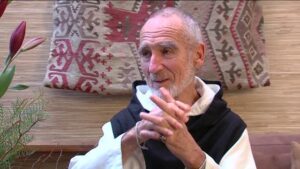by Neanta Parnell
The Inner Strength Education team was invited to the Community Violence Intervention (CVI) seminar at Temple University, discussing the importance of mediation and violence intervention in at-risk communities of Philadelphia. The seminar was led by Cure Violence Global’s esteemed Dr. Chico Tillmon and Marcus McCallister; individuals passionate about cultivating youth in black and brown communities and building sustainable nonprofit organizations throughout the nation.
Inner Strength staff networked with other community violence intervention organizations, mediators, and social workers to get a better sense of how to serve our target communities. The atmosphere in the lecture hall was dynamic as Cure Violence Global mediators shared effective, research-based mediation skills to de-escalate conflict between youth on the streets. There were heartfelt anecdotes about the power of rapport and building genuine connections with youth and the communities they call home.
The mediation process flow was one of my favorite lessons during the seminar. The flow emphasizes the importance of documentation, debriefing, and following up with youth in order to mediate conflict. By documenting mediation and rapport process, how youth respond, triggers, and other environmental or social factors, organizations afford themselves the ability to replicate what works, edit themselves where improvement is needed, and provide potential funders with proof of internal research and diligence. Debriefing works to improve team cohesivity, while follow up with our target populations improves their safety and shows how much we care as an organization.
Although much of the curriculum focused on violence intervention on the streets of Philadelphia, Inner Strength staff were able to make applicable translations to classroom management and general nonprofit functionality. The mediation process flow is similar to how Inner Strength instructors facilitate classrooms. Instructors teach standardized mindfulness lessons, document the process and the overall response of the students, and follow up with students who show interest in a particular mindfulness technique or concept. Some students have even gone on to incorporate techniques like thought bubble or mindful breathing into their daily lives.
Inner Strength staff also gained insight on the power of creating partnerships to improve general nonprofit functionality. Although Inner Strength and all other organizations at the seminar have a specific focus and corresponding action plan for their target communities, each of us has strengths and knowledge that could potentially benefit one another. We left the seminar feeling energized and grateful for the people we met and skills we learned.



